Please support Game Informer. Print magazine subscriptions are less than $2 per issue
Reunion Tour: The Best And Worst Of Guitar Hero
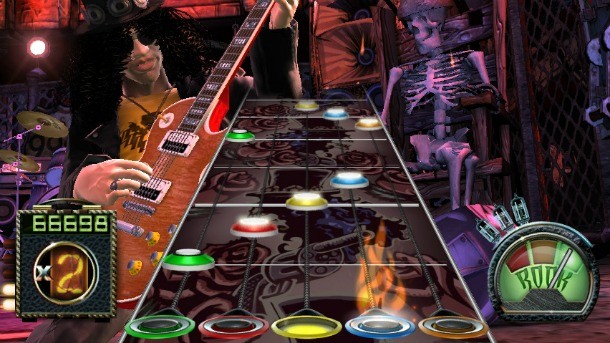
The two giants of the rhythm-game genre are coming out of retirement. With the impending release of Guitar Hero Live and Rock Band 4, music games seem poised to make a comeback. In anticipation of Guitar Hero Live, we took a look at the six main entries in the Guitar Hero franchise and ranked them from top to bottom. Read on to find out which of them rock like Led Zeppelin and which might as well be a Kenny G cover band.
Note: Activision has released several offshoot games in the Guitar Hero franchise, including a Nintendo DS title and band-specific games like Guitar Hero: Metallica, but this list focuses on the core series.

6. Guitar Hero: Warriors of Rock, 2010 (PlayStation 3, Xbox 360, Wii)
Warriors of Rock arrived as popularity waned. Despite some wacky, head-turning ideas, it's clear that the franchise was out of star power. Most notably, the tried-and-true career mode was replaced with the new Quest Mode. Narrated by a bored Gene Simmons, players recruit rockers for an over-the-top journey involving a giant robot and a magical guitar. Series regulars like Johnny Napalm and Judy Nails have upgradeable abilities to help chase after a ludicrous sum of stars (up to 40 per song now). Guitar Hero was never about these characters or their stories. They aren’t beloved mascots like Sonic or Mario that can carry an entire game. Even an epic rendition of Rush’s entire 2112 suite just isn’t enough. The franchise needed a massive overhaul by this point, and Warriors of Rock wasn’t it.
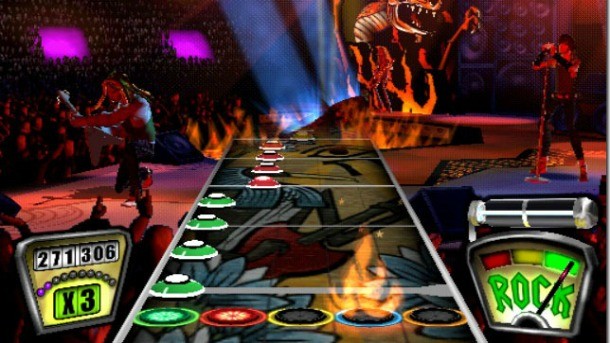
5. Guitar Hero, 2005 (PlayStation 2)
Looking at how expansive the later games would become, it’s hard to believe they all started from such a bare-bones beginning. Guitar Hero now seems quaint compared to its many sequels – there are only 30 main songs, all of them covers ranging from listenable to downright sacrilegious. Campaign mode is a simple march through the soundtrack, with no guitar battles, special abilities, or full band shenanigans to be found. The game hasn’t aged well, sadly, and the lack of a lag calibration option can cause issues when revisiting it on HDTVs. Guitar Hero set the standard for the series, but it can’t stand toe-to-toe with the beefier later entries.
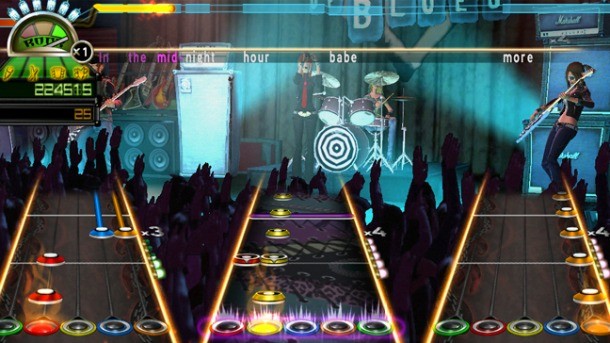
4. Guitar Hero: World Tour, 2008 (PlayStation 3, Xbox 360, Wii, PlayStation 2, PC, Mac)
By November 2008, Guitar Hero was playing catch-up. Rock Band debuted the cohesive package of vocals, drums, bass and guitar in 2007. The ball was in Guitar Hero’s court, and Activision responded with World Tour. Rock Band offered the superior full band experience at the time, but World Tour had a better drum-peripheral design (when it actually recognized hits). World Tour’s 86-song soundtrack is a survey course on some of the best guitar-driven music of the past 50 years. Classic rock, the series’ workhorse, is well-represented alongside a handful of songs from the ‘80s, ‘90s and ‘00s. However, World Tour lacks the social modes that made Guitar Hero 5 so great. Additionally, technical issues with both the drums and guitar strum bar keep World Tour from being the superior full-band experience in the Guitar Hero catalog.
Up next: DragonForce, South Park, DLC, and more...
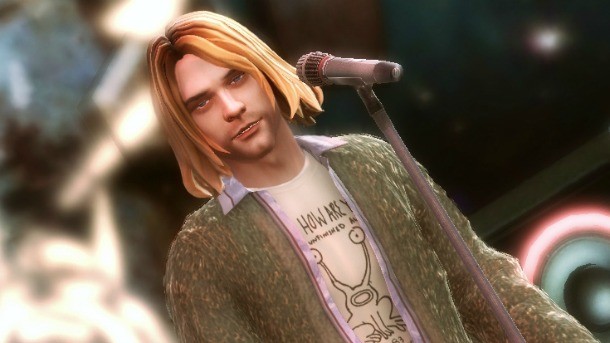
3. Guitar Hero 5, 2009 (PlayStation 3, Xbox 360, Wii, PlayStation 2)
Guitar Hero 5 sits in the middle of the ranking for a variety of reasons. The design choices are indicative of the identity crisis the series was going through in 2009. On one hand, there were the hardcore fans, the 40 percent who played the game on expert within a month of release, as acknowledged by project lead Brian Bright. Neversoft would later try to appease these shredders with the punishing endgame in Warriors of Rock. Conversely, there was a flood of more casual gamers and non-gamers drawn to the novelty and social aspect of Guitar Hero. Pleasing both types of these fans with one product is a tall order, but that didn’t stop Neversoft from trying. The result is a solid party-ready game with a little something for everyone. The soundtrack covers a broad range of genres, from Children of Bodom to Coldplay. World Tour has the better soundtrack, but Guitar Hero 5’s expanded social features give this one the edge. The no-fail Party Play mode opens up the experience considerably, as does the flexibility of using any combination of the four instruments. This is the best full-band Guitar Hero.
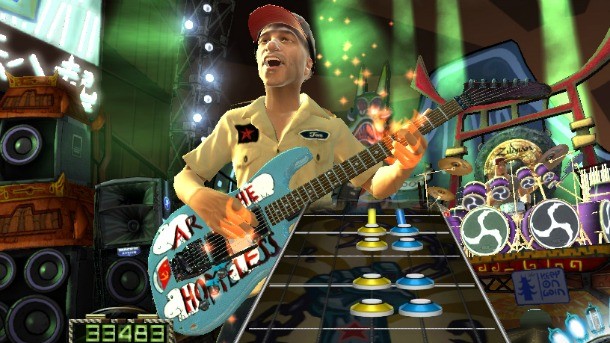
2. Guitar Hero III: Legends of Rock, 2007 (PlayStation 3, PlayStation 2, Xbox 360, Wii, PC, Mac)
This entry launched Guitar Hero from “that quirky game with the guitar controller” to “crossover mega-hit.” Guitar Hero III stands on the shoulders of its two predecessors, with a massive soundtrack of rock hits (limited covers, finally), actual star power in the form of real rock stars (not quite legends) and a bona fide cultural sub-fad in DragonForce’s ultimate shredding test “Through the Fire and Flames.” This is the Guitar Hero game that finally got the attention of South Park, and you haven’t made a dent in pop culture until you’ve been spoofed by Matt Stone and Trey Parker. Despite the cultural impact and big names attached, Guitar Hero III is not the best in the series. There were some conspicuous growing pains in the hand-off from Harmonix to Neversoft. The note charts are a mess compared to Guitar Hero II. Neversoft’s charts are fond of barraging players with walls of three-finger chords. Even the mechanics themselves are a bit sloppy. Hammer-ons and pull-offs don’t require as much precision as Guitar Hero II demanded. In a rhythm game, that’s a key element. Guitar Hero III wins for best rock-focused soundtrack and some sweet original tracks by the bosses. Neversoft’s choices under the hood stop this game at second best.
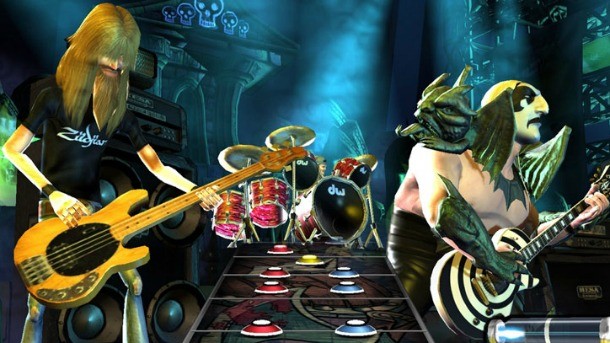
1. Guitar Hero II, 2006 (PlayStation 2, Xbox 360)
Guitar Hero II is locked in an eternal struggle for dominance with Guitar Hero III. Both of them are fantastic games, but Guitar Hero II is the purest experience – a shining example of what made the series so much fun in the first place. This sequel expands and improves on the first Guitar Hero in every conceivable way, with better graphics, tighter gameplay mechanics, and more songs. Multiplayer includes a co-op mode where a friend can play rhythm guitar or bass. The Xbox 360 version also received a few DLC packs, a first for rhythm games because of the console’s hard drive. This new method of delivering songs would go on to affect the entire genre. The soundtrack boasts 48 songs on-disc, with a few master tracks from the likes of Primus and Jane’s Addiction. More rock-radio standards make an appearance, such as “Sweet Child O’ Mine,” “War Pigs,” and “YYZ.” Compared to Guitar Hero 1’s scattershot offerings, Guitar Hero II feels like playing along with the radio instead of some random vinyl from dad’s collection. In the end, Guitar Hero II is the best because it’s closer to the franchise’s core appeal than any other entry. None of the later games quite recapture the precise mechanics, classic songs, and that true sense of innovation.










